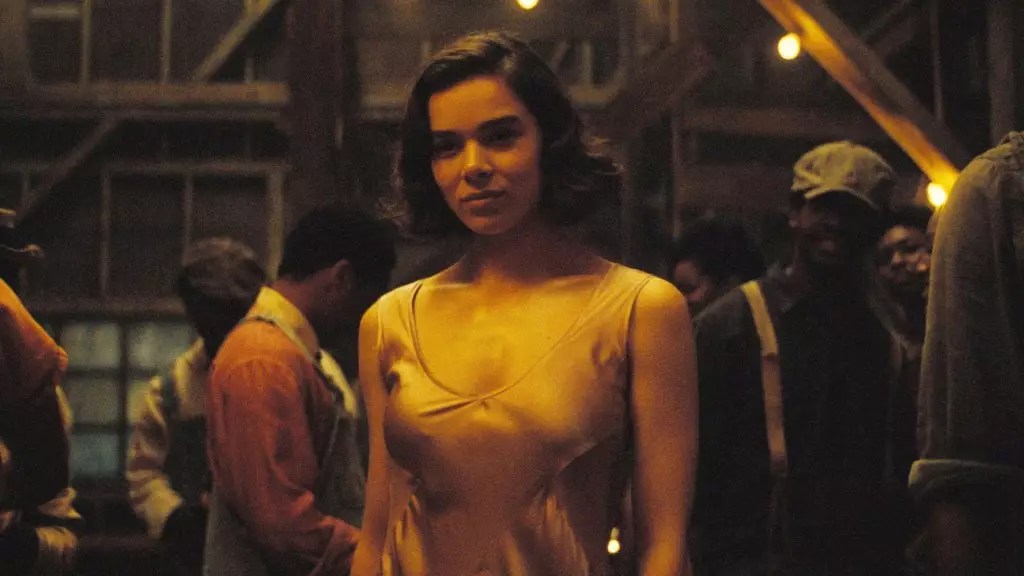Hailee Steinfeld’s latest role as Mary, a multi-racial vampire in the film “Sinners,” is an intriguing exploration of identity, heritage, and the human experience, even through a supernatural lens. Set in the 1930s South, the film weaves a narrative not just about confronting evil but also about the personal struggles and questions faced by its characters. Steinfeld, who identifies as part-Black and part-Filipino, approaches her character from a deeply personal standpoint, connecting with Mary in ways that extend beyond the script. Her reflection on the film highlights how the story resonates with her own family history, creating a unique perspective that enriches her performance.
The Weight of Representation
Representation matters in the film industry, and Steinfeld’s portrayal is a significant step forward in presenting multi-racial characters who grapple with their identities in meaningful ways. Her candid acknowledgment of the questions the film raised for her speaks to the broader social narrative around mixed-race identities. Steinfeld’s connection to her own heritage is palpable; she expresses a longing for her grandfather to be around to answer the questions the film stirred in her, showing how personal histories can profoundly shape artistic interpretation. This sentiment, shared by many in the industry, emphasizes the importance of drawing from one’s roots to create impactful storytelling.
Director’s Personal Journey
Equally compelling is director Ryan Coogler’s motivation in bringing “Sinners” to life. Coogler’s reflections on his Uncle James, who passed away during the production of “Creed,” bring depth to the film’s narrative. His memories of listening to blues music with his uncle serve not only as inspiration but also as a means of connection to lost family members. The film operates on various emotional layers; it does not shy away from the personal grief associated with loss while simultaneously exploring themes of resilience within the African American community in the early 20th century. It is this blend of personal storytelling and cultural context that allows “Sinners” to resonate far beyond the genre conventions of a horror film.
Cultural Heritage and Artistic Expression
In a landscape where stories about the Black experience are deeply necessary, “Sinners” utilizes the horror genre to delve into darker themes while also celebrating culture and history. By centering narratives around multi-racial identities and the importance of one’s roots, the film challenges the conventional representations often seen in Hollywood. Steinfeld and Coogler’s discussions about their own backgrounds highlight a critical intention to deliver a narrative rich in authenticity. The blending of personal grief with cinematic exploration paves the way for a potentially transformative viewing experience, leaving audiences to reflect on their connections to family, culture, and identity.
“Sinners” embodies the complexity of navigating personal and collective histories, with Steinfeld and Coogler anchoring the film in rich, emotional storytelling. As more filmmakers draw from their lived experiences, the potential for creating uniquely profound narratives continues to grow, making each project an important milestone in the pursuit of diversity and representation in cinema.
